You may know how crucial play is to your children’s development. But what exactly is play, and how can you cultivate an environment that allows your kids the freedom to really play?
What is play?
Play is freely chosen, self-motivated, and experimental. It takes place in an environment where there are no restrictions on how to act, think, or do, and where exploration, discovery, and practice are possible without fear of consequences. Play can be loud and rambunctious or quiet and focused. But most of all, play is fun.

Here are a few tips for creating a play space:
1. Define an area (or areas) for play. This can be a room, a part of a room, or an outdoor space. No space? Try a section of wall–there are many possibilities–marble runs, feltboards, chalkboard paint, even racetracks. Or create a moveable spot with a mat that folds up and holds toys like this. Or make a temporary place to play, like an easily cleanable tabletop (get a hunk of clay or smear it with shaving cream and let your child make designs). Whatever area you choose, it should be one the child knows is a place where he or she is able to manipulate objects and the environment.
You can use paint color, a rug, a baby gate, or other visual and physical cues to let your child know this is their play area, especially if they are younger. Provide a table or mat that you don’t mind getting dirty or beat up. Play is messy! Don’t forget the bath as a great place to play–buy a splash guard if you are worried about spills.
2. Baby/toddler/kid-proof the area as much as possible. Choose play materials that are safe for your child’s age–so be mindful of choking hazards, toxic materials, and small or sharp pieces for the under-five crowd.
You can and absolutely should still supervise young children for safety, but the less you need to say “no” the better. Play, creative thinking and intellectual development happen best when the child is in control of his or her environment and can make choices about how to interact with it.
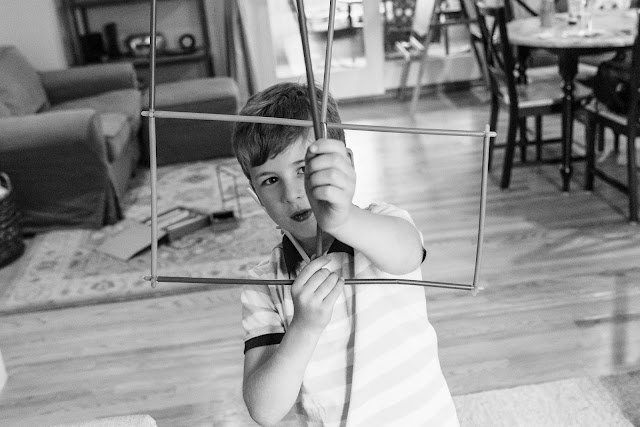
3. Provide a variety of toys and objects that are great for open-ended play. These are objects that can be used in multiple ways and for a variety of purposes. For example, a cardboard box has endless possibilities for creative play: tunnel, house, spaceship, store, giant jack-in-the box, art project… For younger children, especially, consider the sensory input of playthings (soft, hard, rough, smooth) and include natural objects when possible.
Another tip: if your child is playing with a toy that has a “purpose”, resist the urge to correct them. It’s ok to use a drum as a hat or a pretend umbrella–I do it all the time in Music Together class.
Examples include: blocks, materials with contrasting sensory input (velvet, burlap, scarves), cardboard boxes and tubes, household objects like old pans and plastic containers, art supplies, objects that make sound, or just plain old clay/playdough, mud, water, sand and natural objects like shells, pinecones and sticks
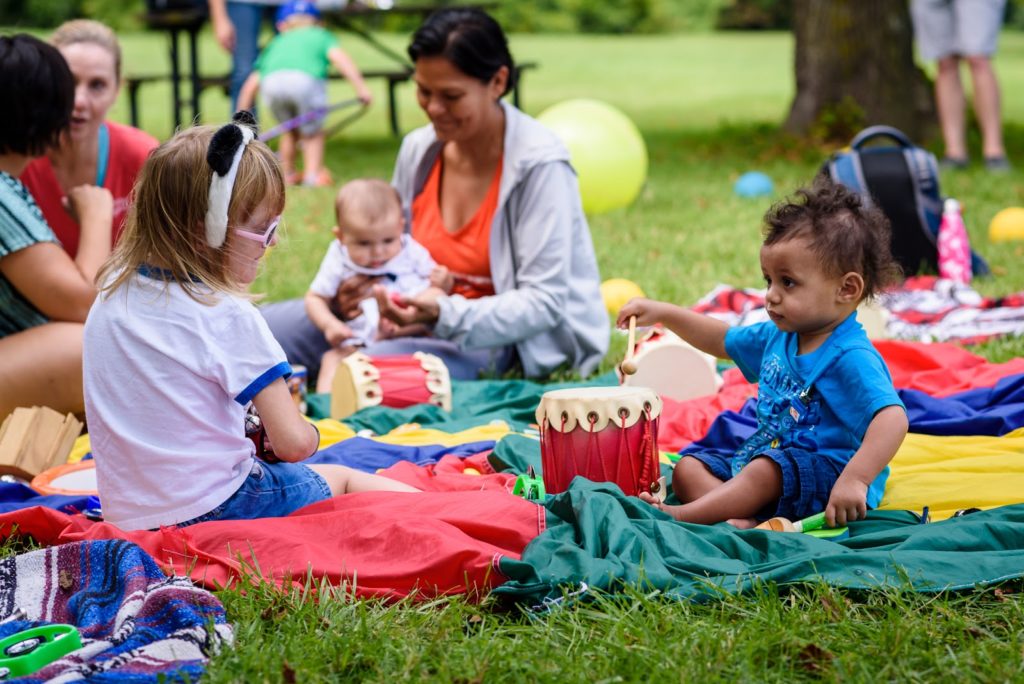
4. Older children (and even adults) need play time too!
Sometimes this looks like daydreaming. Sometimes, it looks like bouncing a ball against a wall. Tweens and teens need to imagine, they need to explore, and they need to make choices relating to their personal interests. A tween or teen might want to design and work on an art or woodworking project, or write poetry, or figure out how to break dance (another use for that cardboard box).
Having the time and space set aside to dream, research and then experiment intellectually, physically, or with project-specific tools, will help them build life skills that will lead to confidence and resiliency as adults.
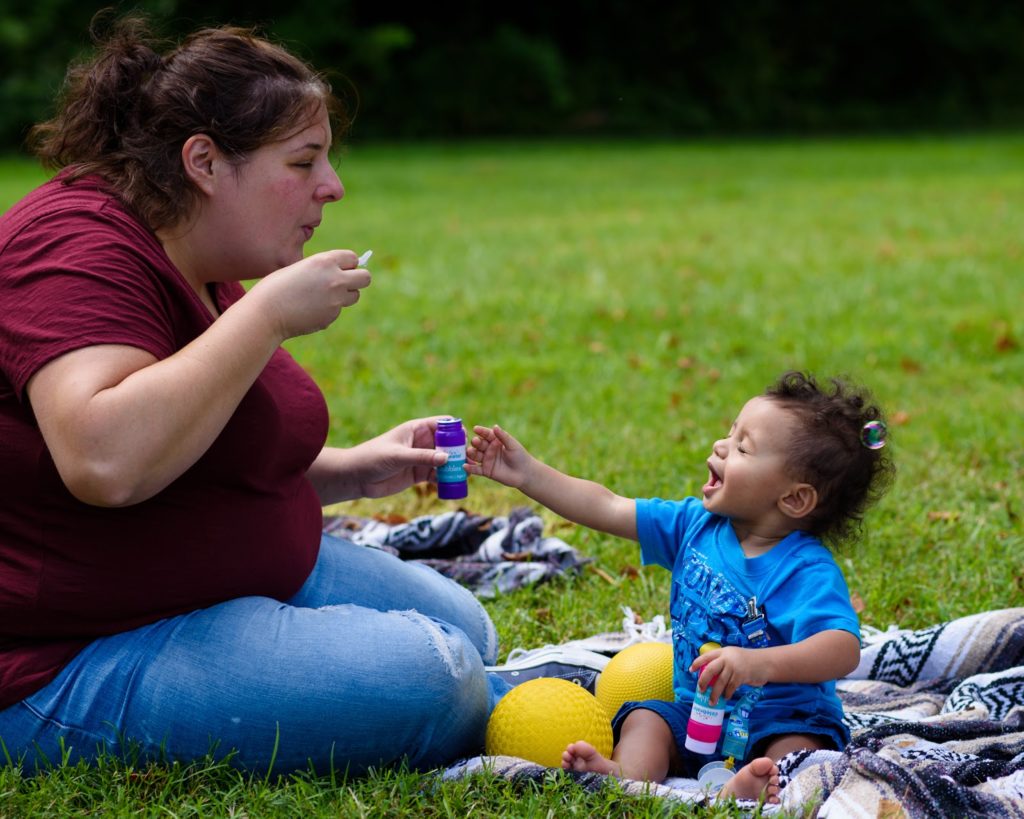
5. Let your child play! Supervise young children (make sure your toddler isn’t eating the pinecones) but don’t direct the play. You can support play by:
- modeling (your child is always watching you and will imitate what you do)
- reflecting and making observations and questions (if your child is ready to show you something) “you’re stacking the blue blocks” “you used a lot of red in that picture” “Wow, that makes a loud sound” “What a great idea! How will you do that?” “How did you make this?” Avoid simple value judgements like “That’s a good picture.” or “That’s a nice tower.”
- imitating your child
- allowing your child to invite you into and lead you in their play
- recognizing when they need space to work on their play alone and when they want (or need) you or a friend to join in. If your child is bored or needs help finding his play groove, find a cool project and guide him until he is ready to experiment on his own. In our home, we never got tired of experiments with baking soda, vinegar and food coloring.
- providing support and supplies for older children who dream up a project and pursue their interests
- HAVING FUN!!!
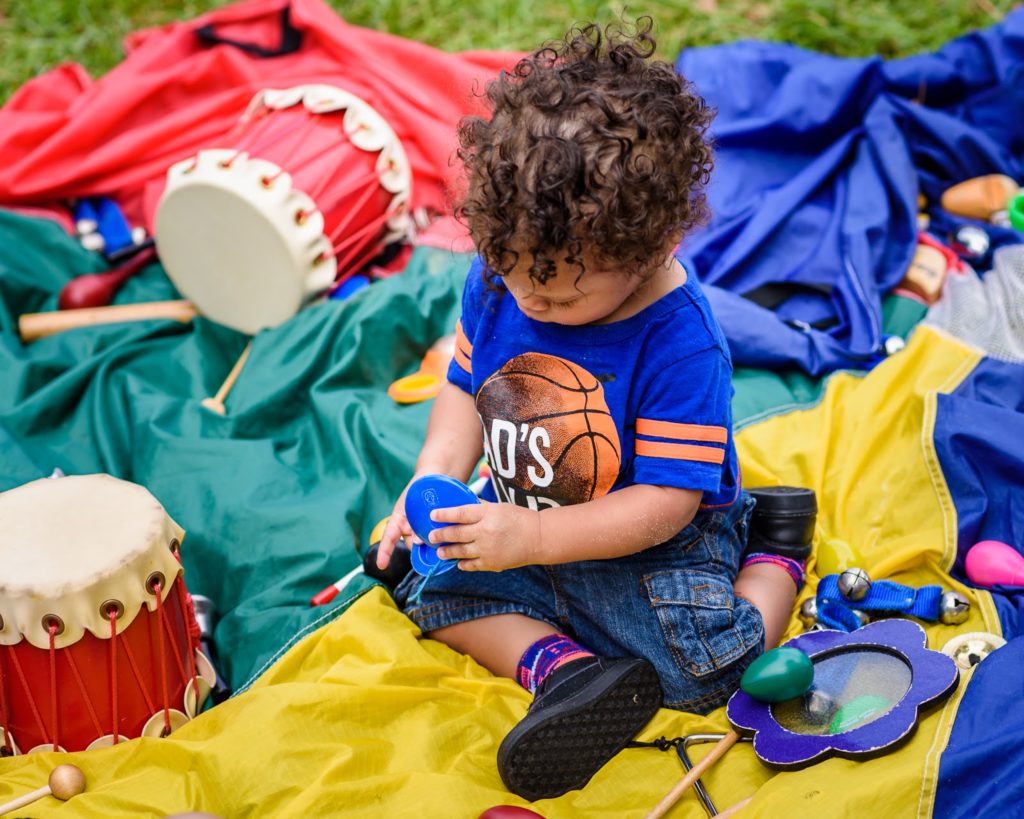
Have you created a space for play in your home?
How have you seen your child grow through play?
Tell me about it below…
Dec 15, 2021
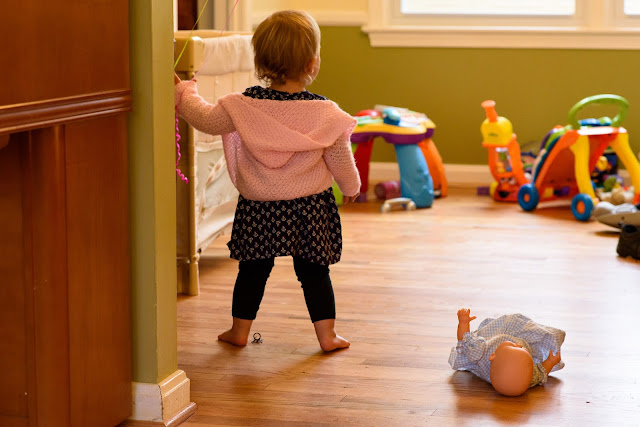
comments